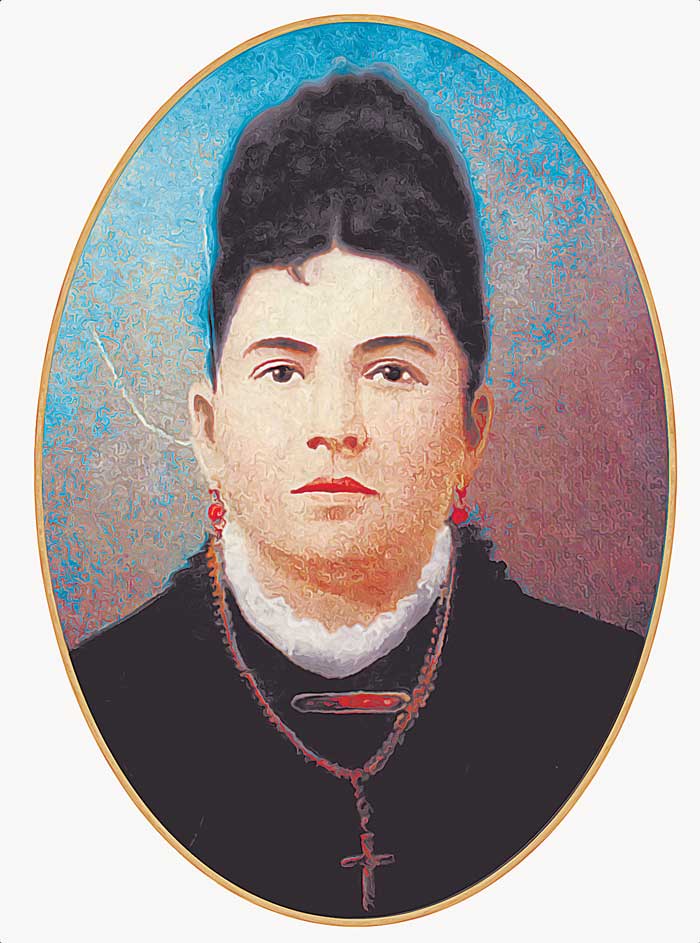Ferminia “The Copper Queen” Sarras
- Birth 1839
- Death 1 Feb 1915
- Burial Luning Cemetery Luning, Mineral County, Nevada, USA
- Memorial ID 23759274
Firminia was a native of Nicaragua and was a descendant of the noble Contreras family. She was married to Pablo Flores and gave birth to five daughters. She and her daughters immigrated into the U. S. through San Francisco in 1876 and made their way to Virginia City. For their safety Firminia left her two youngest daughters in the Nevada Orphans Asylum in Virginia City while she and her older daughters traveled to Belleville and Candelaria.
The First record of her in Nevada was at the Esmeralda County courthouse in 1881 when she registered as “Firminia Sarras, Spanish Lady, Belleville.” There is a possibility she joined her husband who is thought to have worked in these camps, although he didn’t remain in her life. Firminia was thought to be married as many as five times, usually to men younger than her. It appears she was interested in men who were handy with a gun because they could help to protect her claims. In January of 1881 she gave birth to a son, Joseph A. Marshall but there is no record of her being married to a Marshall.

The boom in Tonapah and Goldfield caused a great demand for transportation. The Carson and Colorado Rail Road (the Slim Princess) created a town at the place that they were closest to Tonapah, where the tracks took a more south-westerly course over Montgomery Pass into the Owens Valley. Firminia’s reputation as Nevada’s “Copper Queen” prompted the railroad executives to name the town Mina. This was a thriving place and she made a great profit selling off her land to brokerage firms and entrepreneurs.
She was a successful prospector filing many claims and had dozens of operational mines. At one point she sold 25 claims for $8,000.00 each. Each time she had a windfall of money, she would bury a nest-egg (she didn’t trust banks) and would travel to (usually) San Francisco where she would check into the finest hotel, purchase many expensive clothes, wine and dine like royalty, and pay for the company of gentlemen much younger than her. When her money ran out, she would sell her clothes and return to Nevada.
In 1907 residents from Tonopah to Reno estimated that she was worth more than a quarter of a million dollars. Her son Joseph took over the day-to-day duties of the mining operations, always consulting his mother in any discussions about their disposition, recognizing that her considerable knowledge was the key to her success.
Firminia died on February 1, 1915 and was buried in Luning, Nevada with a massive monument over her grave. Vandals demolished the headstone but to this day Firminia’s descendants continue to benefit from her operational mines.
